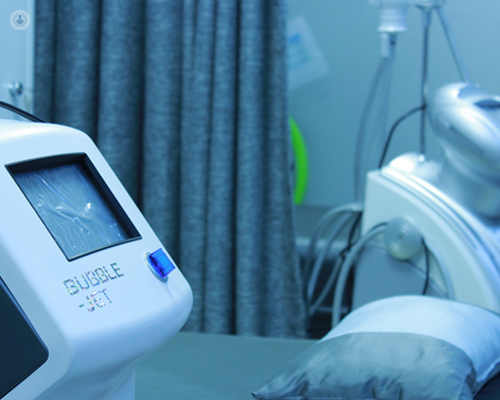Xanthelasma

What are xanthelasma?
Xanthelasma are yellow/orange deposits of cholesterol that slowly develop underneath the skin, most commonly directly on the eyelid or in the eyelid area. They appear as raised bumps on the surface of the skin.
What can happen if xanthelasma isn't treated?
Xanthelasma are not painful but can lead to disfigurement. They can be left alone but typically, people seek their removal for cosmetic reasons. They can be removed with the help of a specialist but they can reoccur after treatment.
What are the symptoms of xanthelasma?
Xanthelasma are harmless and don’t generate any pain. They can be identified due to their yellow/orange colouring and tendency to develop as raised deposits on or around the eyelid.
How is xanthelasma diagnosed?
Xanthelasma can be diagnosed by a specialist simply from visually examining the affected area. Tests may be performed to distinguish xanthelasma from other potential conditions such as syringomas (small benign tumours), and sebaceous hyperplasia (benign lumps caused by damaged sebaceous glands).
What are the causes of xanthelasma?
Sometimes there is no clear cause for their growth but xanthelasma can be caused by genetics or high cholesterol, which signifies a potential risk of heart disease.
How is xanthelasma treated?
The only way for xanthelasma to disappear is via treatment. In some cases, removal can result in slight pigment changes and scarring.
- Cryotherapy (freezing the deposits until they crust and fall off)
- Surgical removal (making a very small surgical excision)
- Laser removal
- Skin peels
When caused by high cholesterol, xanthelasma treatment can be supported by making lifestyle changes that assist in cholesterol management:
- Dietary changes
- Avoid smoking
- Reduce alcohol intake
Which type of specialist treats xanthelasma?
A cosmetic surgeon or dermatologist will be able to assist you in the removal of xanthelasma.
